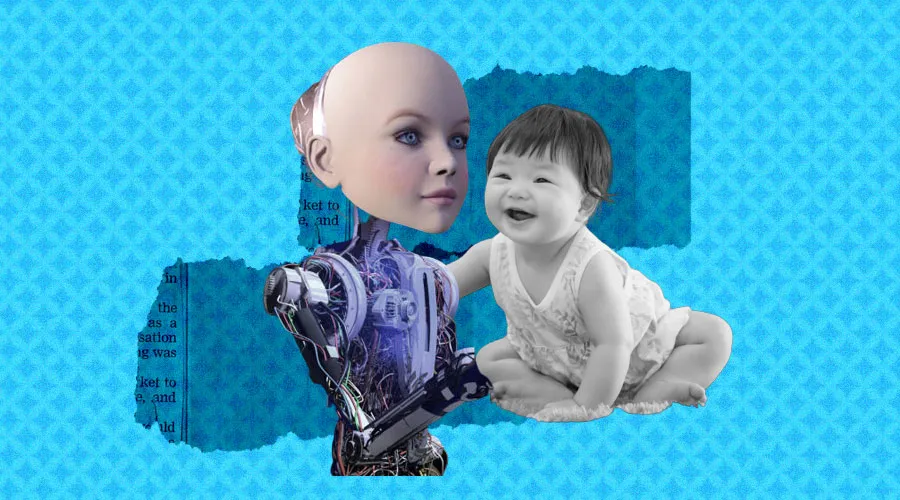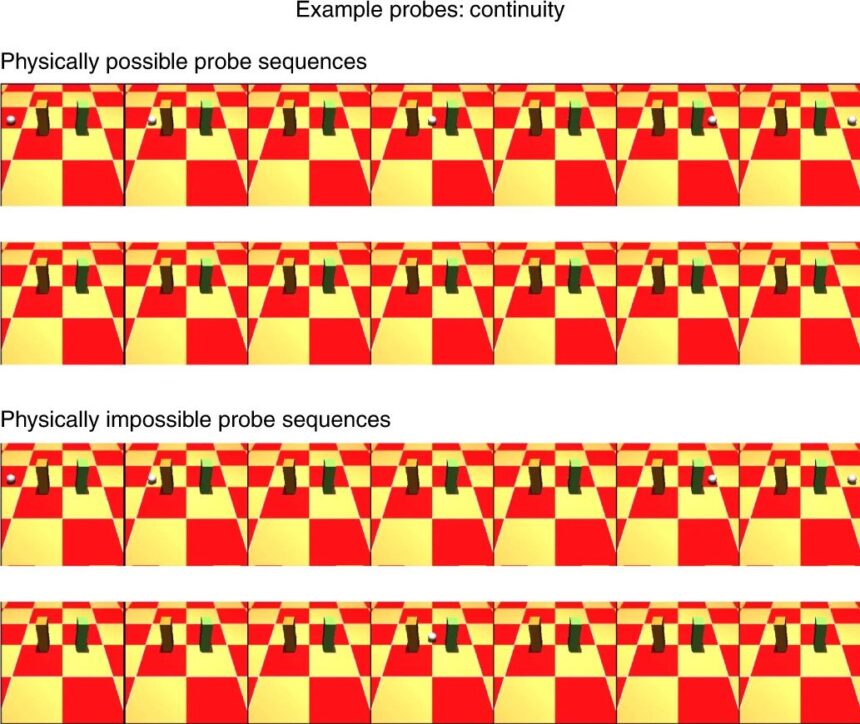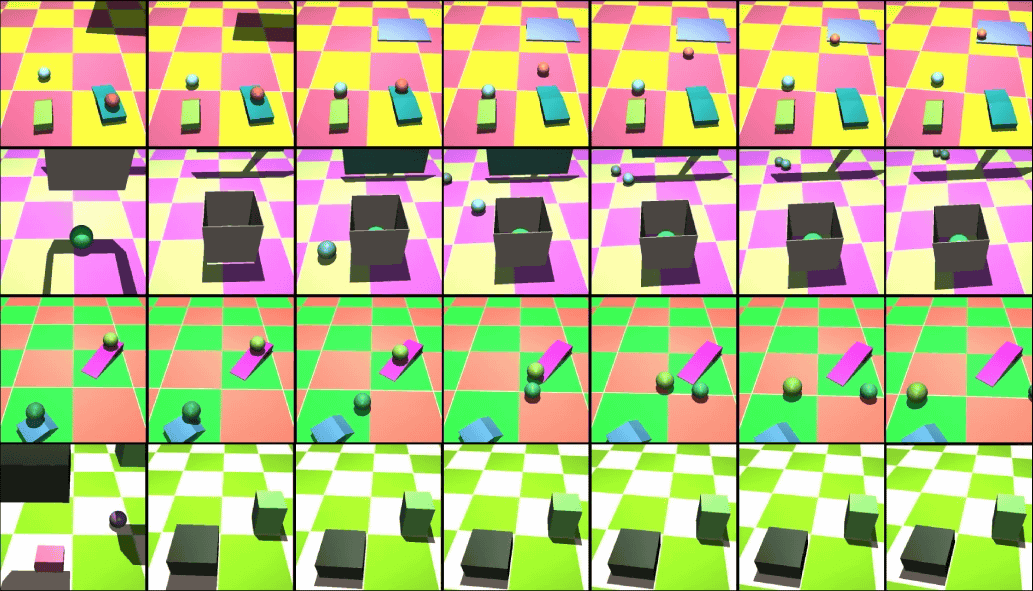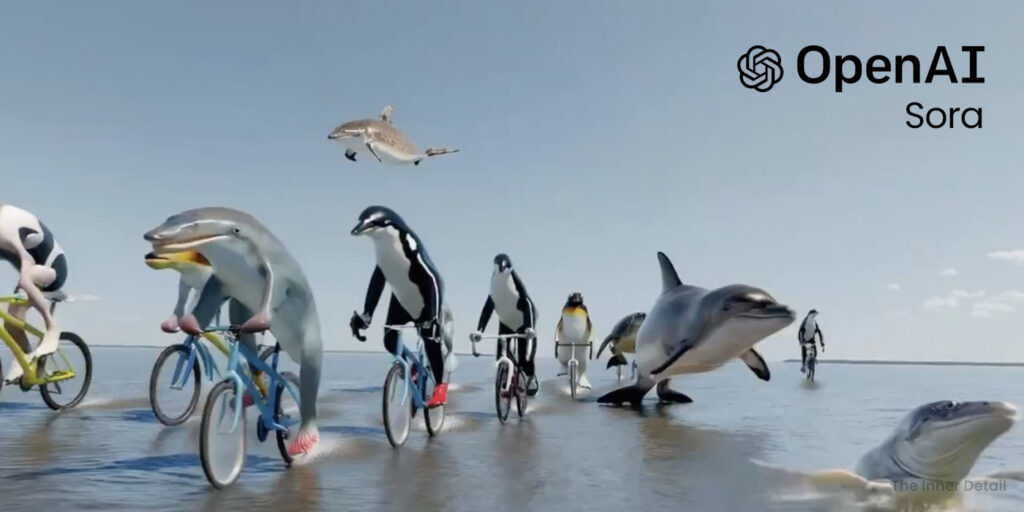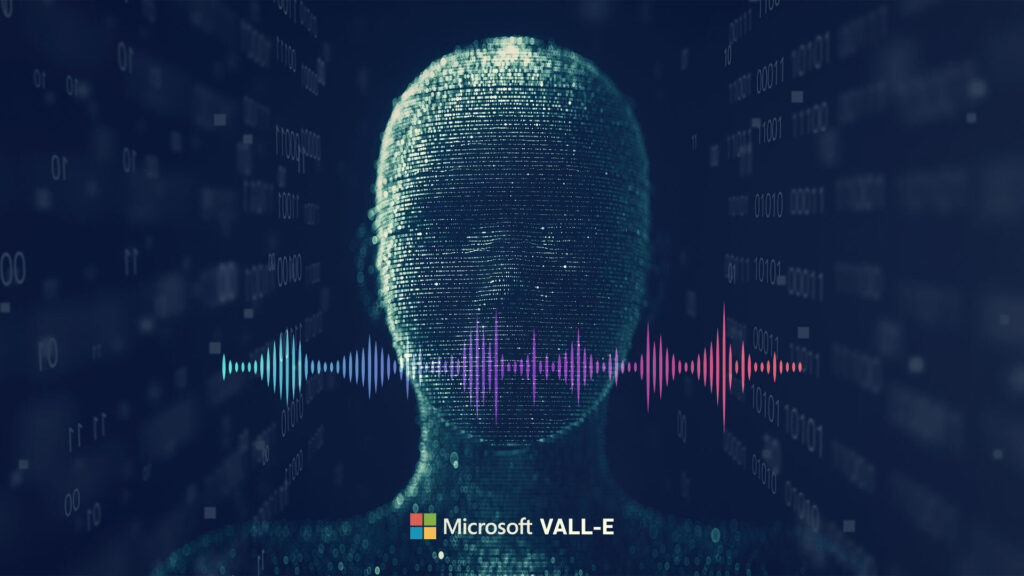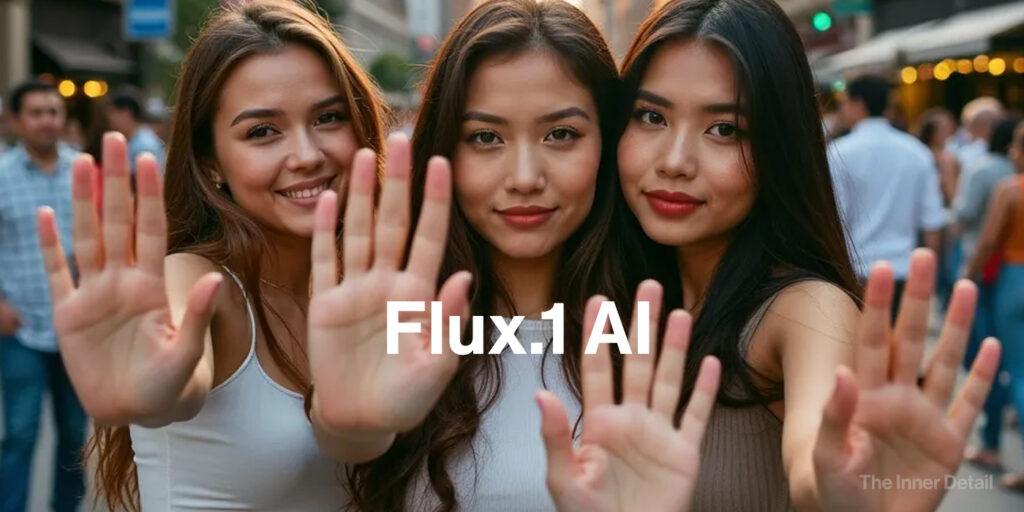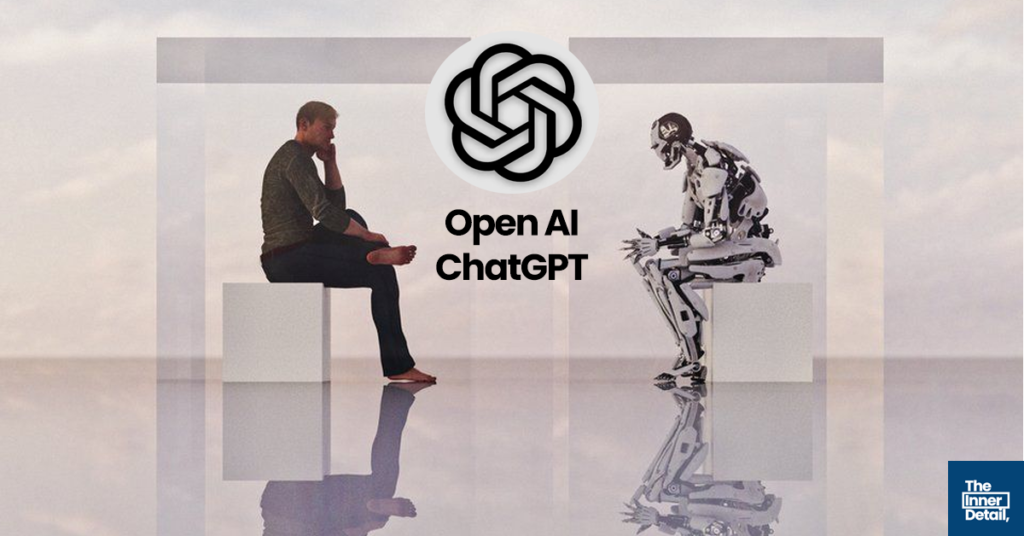Researchers in DeepMind AI, acquired by Google, created an AI algorithm ‘PLATO’ that watches videos & learns simple physics & laws of science like babies.
The wide advent of AI as an aider to mankind though proven to enhance the lives of people, is demanded to ensure safety and not to cause any assault to this world on the other hand. For AI to be cautious of decisions or moves that it make, it must understand how physical world works, implying the basic knowledge of physics to be fed to them.
In view of achieving this knowledge-feed to AI, researchers of DeepMind, an AI arm of the giant Google, trained the AI to learn basic physics just by watching videos, and explaining the details out of the videos clearly. The way they educate the AI mimics how infants view the world.
Developmental psychologists on studying what infants know about the physical world, developed the violation-of-expectation (VoE) paradigm for testing the concepts of physics in infants.
DeepMind AI researchers extended this paradigm to educate AI of the laws of physics. The VoE paradigm conceals of five elementary physics concepts dealing with an object:
- Solidity – an object has a fixed volume / shape and occupies a definite space. Meaning, an object cannot merge with another, as two hot irons melt & mold themselves.
- Object Persistence – Object tends not to disappear magically.
- Continuity – A flow of an object makes a trajectory or a path; it doesn’t teleport.
- Unchangeableness – Object cannot change its shape or color.
- Directional Inertia – ability of an object to exhibit inertia.
We all know that all objects in this world obeys these laws in nature. If it doesn’t, we show surprise on the matter as it violates our expectation and so called ‘violation-of-expectation’.
Educating the AI
Luis Piloto, a computer scientist at DeepMind, and his colleagues in motive of educating the artificial intelligence technology created an algorithm called ‘Physics Learning through Auto-encoding and Tracking Objects (PLATO)’ that understands the physical world of objects following basic laws.
What they did was training PLATO to identify and understand objects and how they are supposed to behave on earth when customed to various situations like a ball thrown away, or rolled on the floor or staying still. The researchers showed simulated videos of objects moving, highlighting the object in every frame along its movement.
In track of that, series of simulated videos depicting the five elementary physical concepts were played to the PLATO along with videos of nonsensical actions that misleads the laws of physics. Like a ball rolling behind a pillar, suddenly disappears and appears from another pillar.
Aftermath, PLATO was asked to predict what would happen next in each video and found that its predictions were reliably wrong for nonsensical videos, but correct for the logical ones, implicating that PLATO has an intuitive knowledge of physics.
Related Posts
Object-centric Learning
According to Piloto, feeding AI with an object-centric approach, provides a generalized and adaptable set of abilities for the AI. “If you consider, for instance, all the different scenes that an apple might be in. You don’t have to learn about an apple on a tree, versus an apple in your kitchen, versus an apple in the garbage. When you kind of isolate the apple as its own thing, you’re in a better position to generalize how it behaves in new systems, in new contexts. It provides learning efficiency.”
“This is somewhat like teaching a kid what a car is by first teaching them what wheels and seats are”, says Chen Feng at New York University. “The benefit of using object-centric representation, instead of raw visual inputs, makes AI learn intuitive physical concepts with better data efficiency.”
However, the paper conditions that the implementation of PLATO is not externally viable, meaning their architecture can’t be used by other people probably. If viable, the avenues of AI research may reveal clues about human vision and development.
(For more such interesting informational, technology and innovation stuffs, keep reading The Inner Detail).
